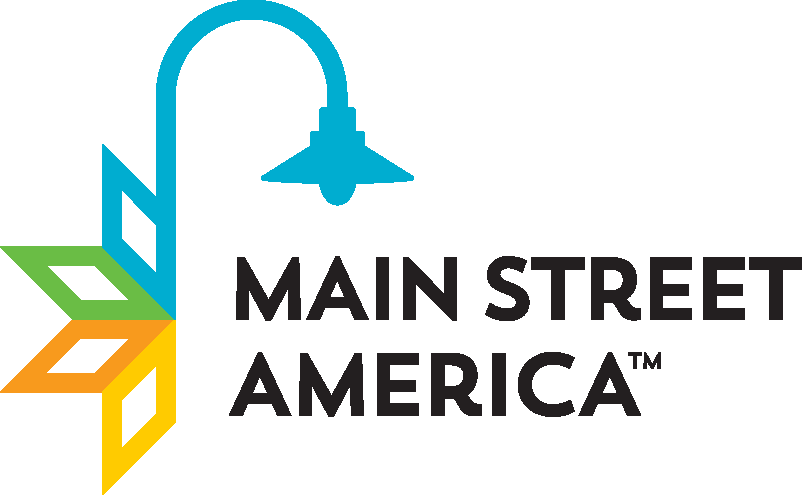What Is a SWOT Analysis?
SWOT stands for Strengths, Weaknesses, Opportunities, and Threats, and so a SWOT Analysis is a technique for assessing these four aspects of your business.
You can use SWOT Analysis to make the most of what you’ve got, to your organization’s best advantage. And you can reduce the chances of failure, by understanding what you’re lacking, and eliminating hazards that would otherwise catch you unawares.
Better still, you can use a SWOT analysis to craft a Community Transformation Strategy that distinguishes you from your other communities, and in doing so successfully develop a strategic plan that will address your downtown’s best features while avoiding potential pitfalls.
How to Do a SWOT Analysis
First, draw up a SWOT Analysis matrix, or use our free downloadable template. This is a 2×2 grid, with one square for each of the four aspects of SWOT. Figure 1 shows what it should look like (click on the image to see a larger version).
Figure 1. A SWOT Analysis Matrix.
You can approach a SWOT Analysis in two ways: to get people together to “kick off” strategy formulation informally, or as a more sophisticated and formal tool.
In either case, gather a team from a range of functions and levels in your organization. Use Brainstorming techniques to build a list of ideas about where your organization currently stands. Every time you identify a Strength, Weakness, Opportunity, or Threat, write it down in the relevant part of the grid.
To clarify which section an idea belongs to, it may be useful to think of Strengths and Weaknesses as internal factors – that is, to do with the organization, its assets, processes, and people. Think of Opportunities and Threats as external factors, arising from your market, your competition, and the wider economy.
Let’s look at each area in more detail and consider what questions you could ask as part of your analysis.
Strengths
Strengths are things that your organization does particularly well, or in a way that distinguishes you from your competitors. Think about the advantages your organization has over other organizations. These might be the motivation of your staff, access to certain materials, or a strong set of manufacturing processes.
Your strengths are an integral part of your organization, so think about what makes it “tick.” What do you do better than anyone else? What values drive your business? What unique or lowest-cost resources can you draw upon that others can’t?
Then turn your perspective around and ask yourself what your competitors might see as your strengths. What factors mean that you get the sale ahead of them?
Remember, any aspect of your organization is only a strength if it brings you a clear advantage. For example, if all of your competitors provide high-quality products, then a high-quality production process is not a strength in your market: it’s a necessity.
Weaknesses
Now it’s time to consider your organization’s weaknesses. Be honest! A SWOT Analysis will only be valuable if you gather all the information you need. So, it’s best to be realistic now, and face any unpleasant truths as soon as possible.
Weaknesses, like strengths, are inherent features of your organization, so focus on your people, resources, systems, and procedures. Think about what you could improve, and the sorts of practices you should avoid.
Once again, imagine (or find out) how other people in your market see you. Do they notice weaknesses that you tend to be blind to? Take time to examine how and why your competitors are doing better than you. What are you lacking?
Opportunities
Opportunities are openings or chances for something positive to happen, but you’ll need to claim them for yourself!
They usually arise from situations outside your organization, and require an eye to what might happen in the future. They might arise as developments in the market you serve, or in the technology you use. Being able to spot and exploit opportunities can make a huge difference to your organization’s ability to compete and take the lead in your market.
Think about good opportunities you can spot immediately. These don’t need to be game-changers: even small advantages can increase your organization’s competitiveness. What interesting market trends are you aware of, large or small, which could have an impact?
You should also watch out for changes in government policy related to your field. And changes in social patterns, population profiles, and lifestyles can all throw up interesting opportunities.
Threats
Threats include anything that can negatively affect your business from the outside, such as supply chain problems, shifts in market requirements, or a shortage of recruits. It’s vital to anticipate threats and to take action against them before you become a victim of them and your growth stalls.
Think about the obstacles you face in getting your product to market and selling. You may notice that quality standards or specifications for your products are changing, and that you’ll need to change those products if you’re to stay in the lead. Evolving technology is an ever-present threat, as well as an opportunity!
Always consider what your competitors are doing, and whether you should be changing your organization’s emphasis to meet the challenge. But remember that what they’re doing might not be the right thing for you to do, and avoid copying them without knowing how it will improve your position.
Be sure to explore whether your organization is especially exposed to external challenges. Do you have bad debt or cash-flow problems, for example, that could make you vulnerable to even small changes in your market? This is the kind of threat that can seriously damage your business, so be alert.
Download



